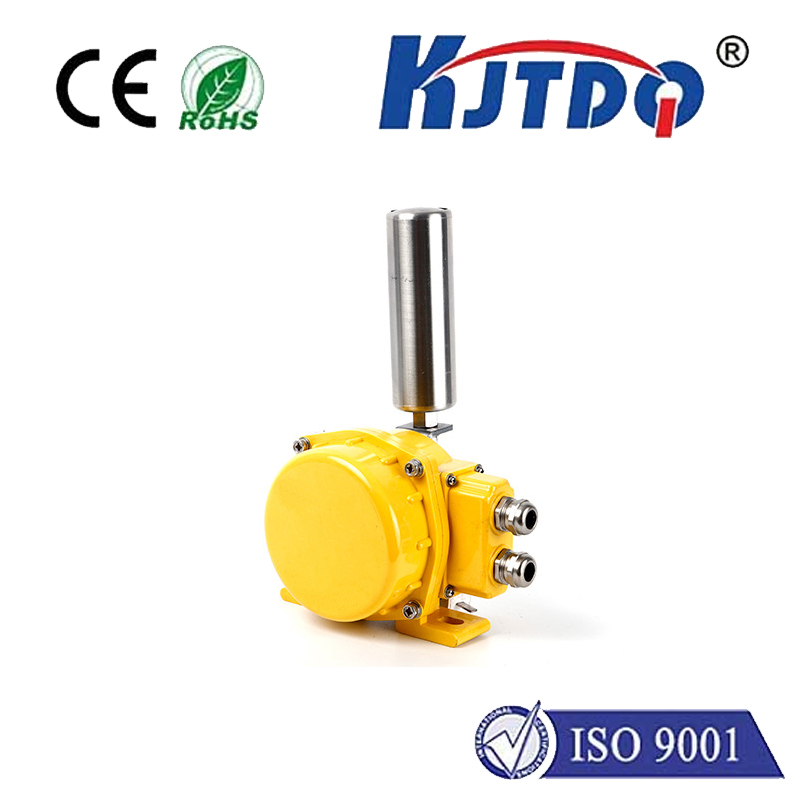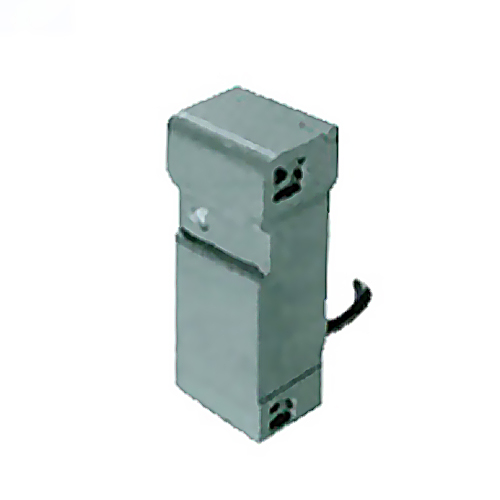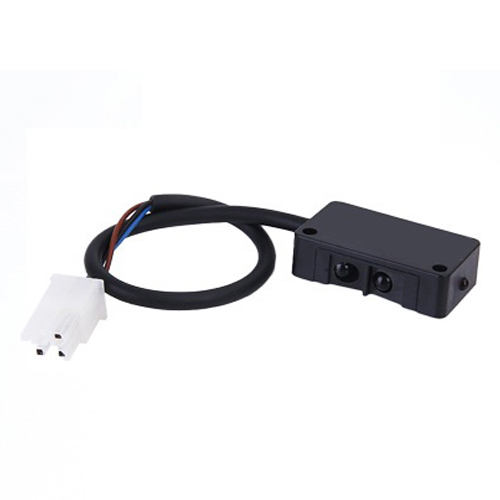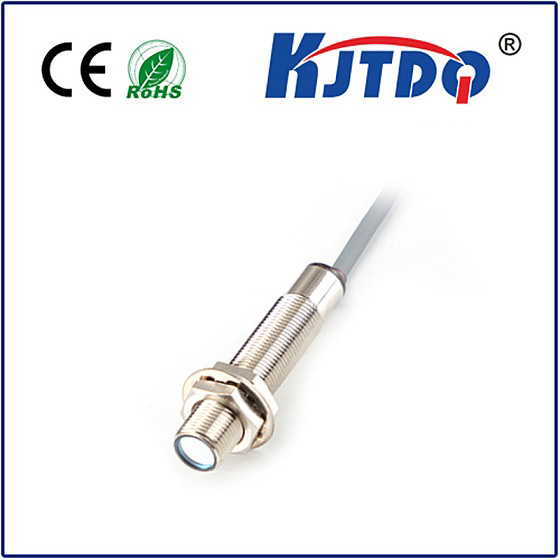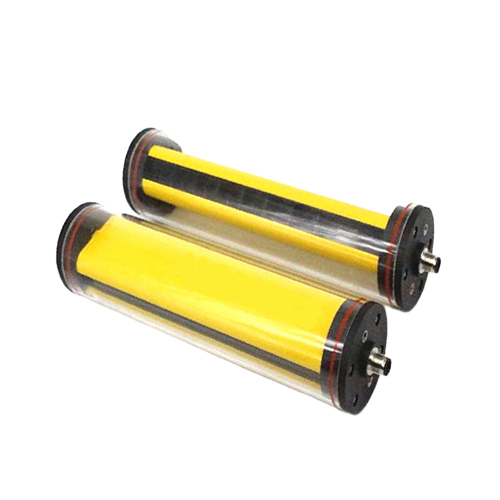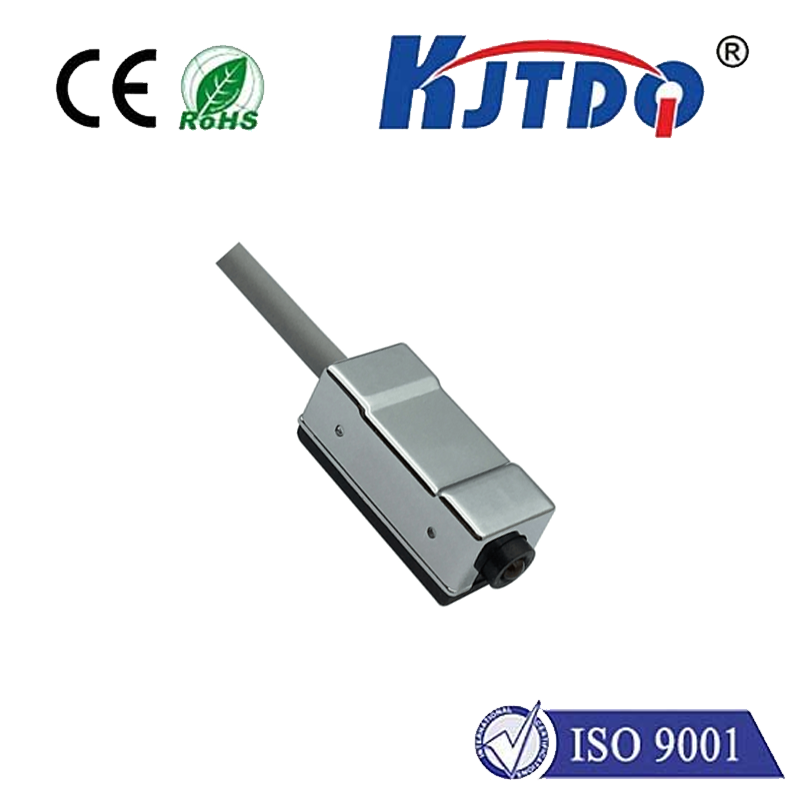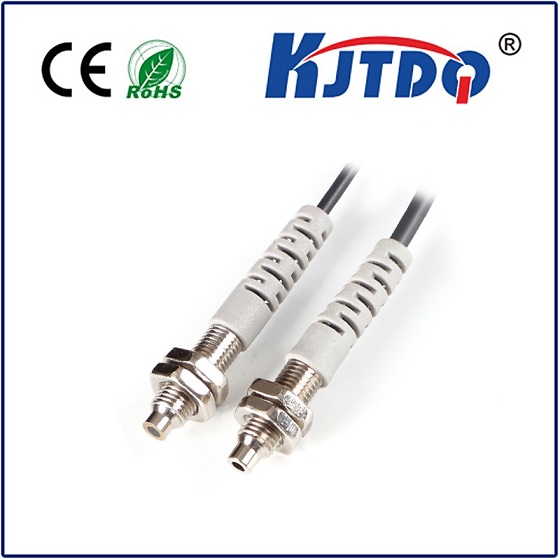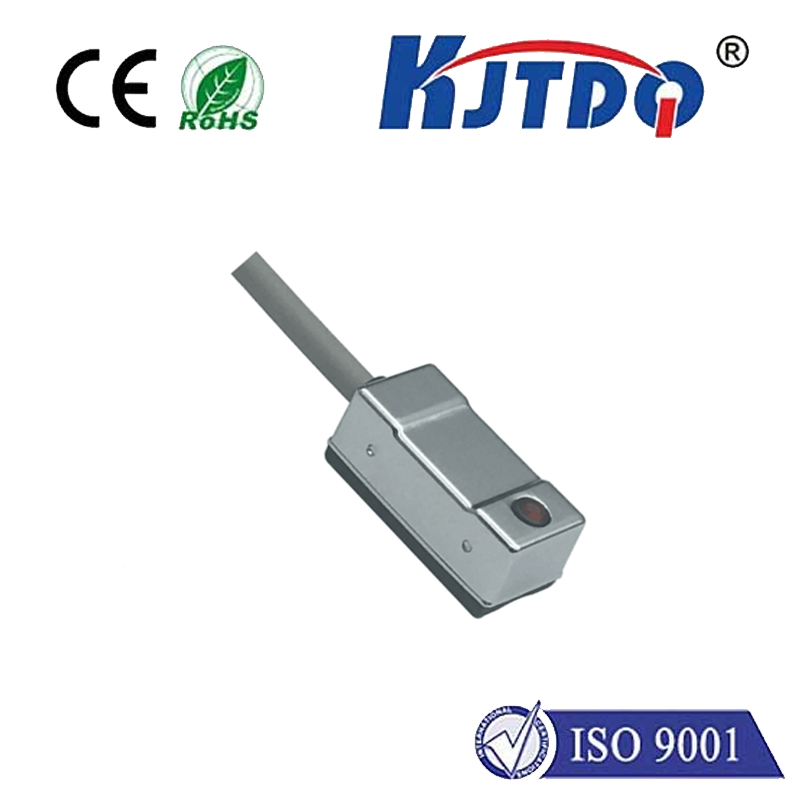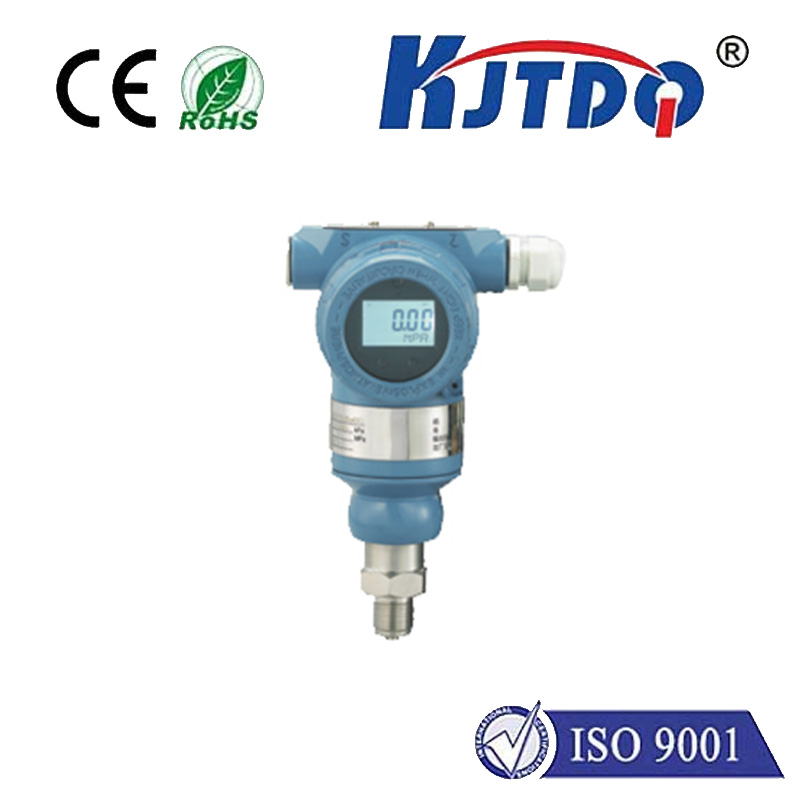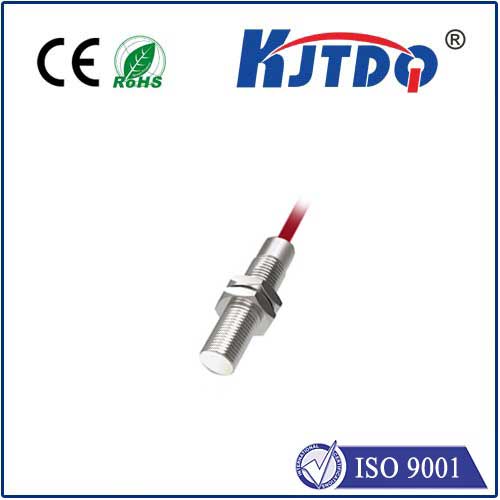

check

check

check

check

check

check

check

check

check

check
Title: The Revolutionizing Impact of Laser Mouse Sensors: An Overview
Introduction:
The advent of technology has brought about a significant transformation in the way we interact with our electronic devices. One such innovation that has revolutionized the computing industry is the laser mouse sensor, a cutting-edge technology that has transformed the traditional computer mouse experience. In this article, we will explore the impact and significance of laser mouse sensors and their transformative effects on modern computing.
Understanding Laser Mouse Sensors:

Laser mouse sensors, also known as optical mice or laser pointers, are small handheld devices that utilize a laser beam to detect movement and interpret it as a cursor command. These sensors work by emitting a light beam from a laser diode, which reflects off a surface and is captured by an image sensor. The information collected by the sensor is then transmitted to the computer, where it is processed to generate cursor movements on the screen.
Impact on User Experience:
The introduction of laser mouse sensors has significantly improved the user experience in several ways. Firstly, they offer greater precision and accuracy than traditional mechanical mice, allowing users to perform complex operations with ease. This is particularly beneficial for professionals who require precise cursor control when working with graphic design software or other applications that demand high levels of accuracy.
Additionally, laser mouse sensors provide a more intuitive interaction with the computer interface. Unlike traditional mice, which rely on mechanical mechanisms to track motion, laser mouse sensors respond instantly to even the slightest changes in direction or speed. This results in a more responsive and fluid cursor movement, making it easier for users to navigate through menus and windows with precision.
Revolutionizing Industries:
The impact of laser mouse sensors extends beyond just personal computing devices. They have been widely adopted across various industries, including gaming, education, and medical applications. In the gaming industry, laser mouse sensors have enabled gamers to achieve unprecedented levels of control and precision, enhancing their gaming experience. In education, these sensors have made it possible for students to interact with multimedia content in more immersive and natural ways. And in the medical field, laser mouse sensors have been used to enhance surgical procedures by providing enhanced precision and accuracy during operations.
Conclusion:
As technology continues to advance, it is evident that laser mouse sensors will play an increasingly crucial role in shaping the future of computing. From improving user experience to revolutionizing industries, these innovative devices have transformed the way we interact with our electronic devices. As we look forward to further advancements in this field, it is clear that laser mouse sensors will continue to redefine the boundaries of what is possible in terms of computing technology.
